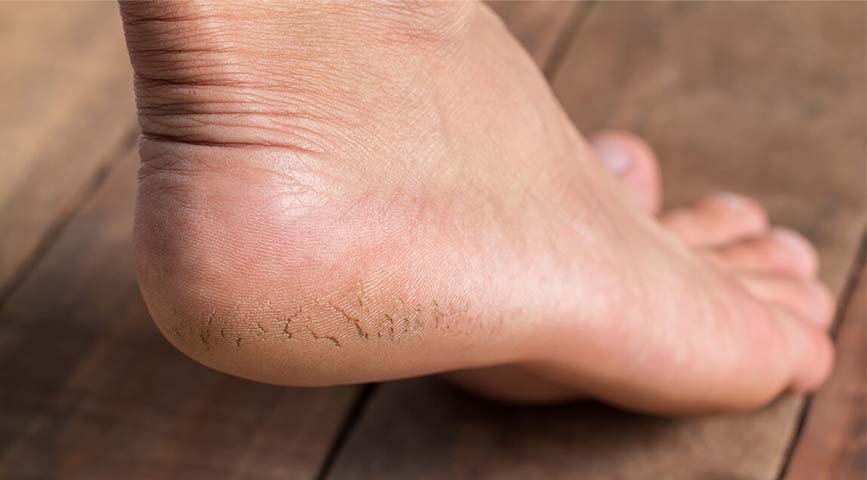10
Nov
Managing Nail Fungal Infection
Everyone wants pretty and clean-looking nails, but not by relying on nail polish to hide the grey or yellow ones away. The first big step to beautiful nails is the prevention or treatment of nail fungal infection!
What is nail fungal infection?
Nail fungal infection is commonly known as the grey nail. The affected nail is usually grey or yellow in colour and in some cases, the nail may thicken or have crumbling edges.
Symptoms
To make sure your nails are healthy, watch out for the following symptoms:
- White or yellow streaks, or discolouration on the nail
- Loss of the nail’s natural shine and lustre
- Brittleness of the nails coupled with crumbly or ragged edges
- Thickening of the nail or having a build-up of debris on the nail
- The nail has a change in shape, is loose or is lifted up
- The name is separated from the bed, causing pain and a slightly foul odour
- Perspire heavily
- Work in moist and humid environments
- Wear socks and shoes with poor ventilation
- Have other skin conditions such as athlete’s foot
- Have a previous nail injury, damaged nail or other infections
- Walk barefoot in damp public places (e.g. pools and gyms)
- Have poor blood circulation (e.g. diabetics) and a poor immune system
- Trim nails regularly and keep nails clean and dry
- Change your socks daily and have an extra pair of shoes for rotation
- Avoid wearing shoes with pointed toes
- Use open-toe footwear whenever possible
- Spray or sprinkle feet, socks and shoes with an anti-fungal spray or powder
- Avoid going barefoot in public places
- Ensure sterilised instruments are used when going for a manicure or pedicure
- Clean your feet with mild soap and water, and pat dry gently
- If you feel pain when walking
- If you have difficulty picking up small items due to the pain on your fingers
- If there is redness or pus in your fingers or toes
- If the person having a nail fungal infection is a child younger than 12 years old
- If the infection affects most nails or the nail bed is affected
- If the infection is a recurring one despite self-management
Share this post
RELATED
Posts
Why You Should Choose Generic Medicines
With nearly 8 in 10 filled-out prescriptions prescribing generic medicine, the term “generic drug” or “generic medicine” is most likely something you have...
Vaginal Discharge
Vaginal discharge produced by the vaginal and cervical glands is essential in maintaining a healthy female reproductive system. The amount of discharge and...
Cracked Heels Woes
Ever looked down at your feet and felt flustered by the sight staring back at you? As a woman, wearing the perfect pair...





